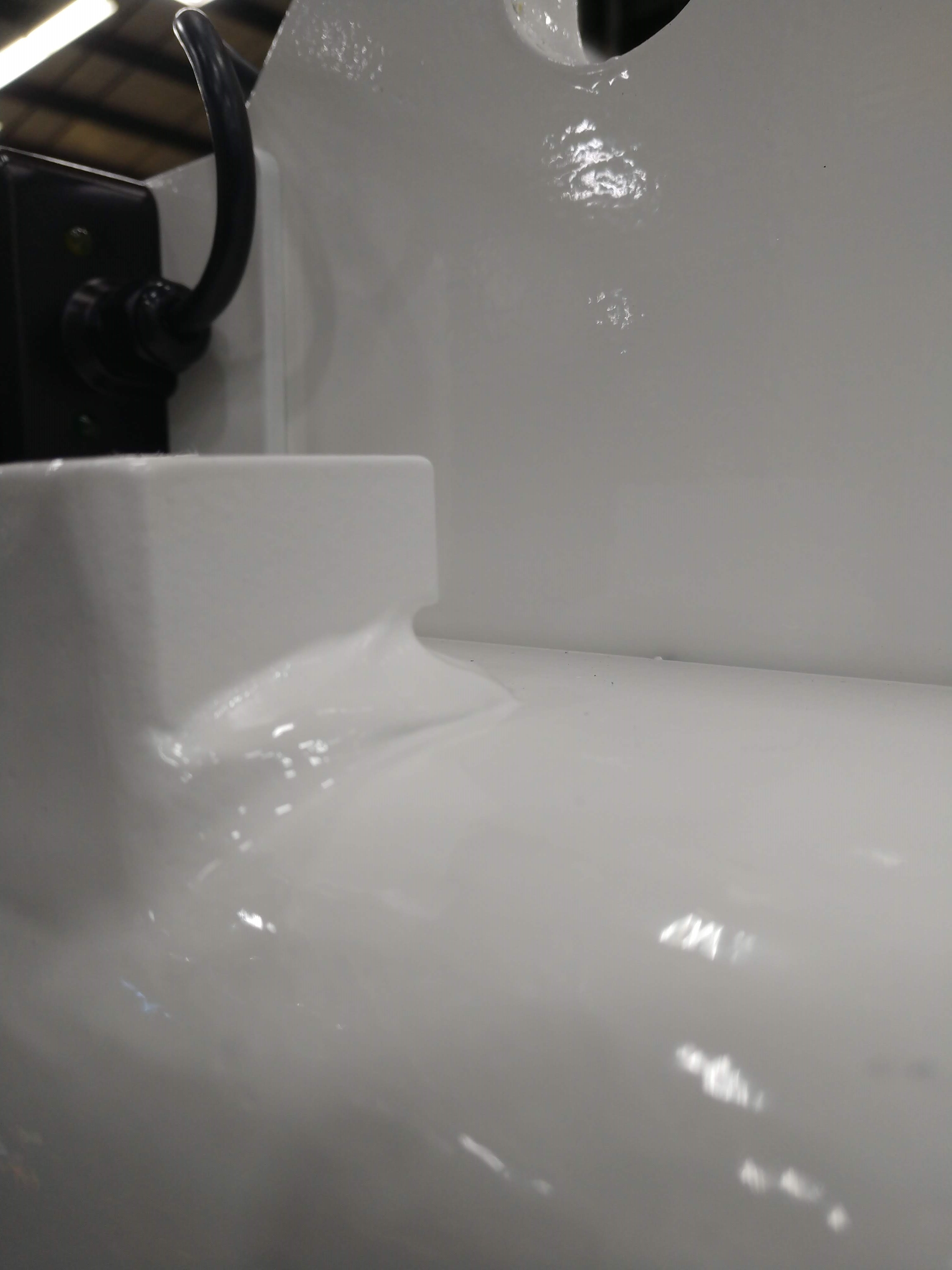Undercut (welding) on:
[Wikipedia]
[Google]
[Amazon]

 In
In
 In
In welding
Welding is a fabrication (metal), fabrication process that joins materials, usually metals or thermoplastics, primarily by using high temperature to melting, melt the parts together and allow them to cool, causing Fusion welding, fusion. Co ...
, undercutting is when the weld reduces the cross-sectional thickness of the base metal. This type of defect reduces the strength of the weld and workpieces. One reason for this defect is excessive current, causing the edges of the joint to melt and drain into the weld; this leaves a drain-like impression along the length of the weld. Another reason is if a poor technique is used that does not deposit enough filler metal
In metalworking, a filler metal is a metal added in the making of a joint through welding, brazing, or soldering.
Soldering
Soldering and brazing processes rely on a filler metal added to the joint to form the junction between the base metal p ...
along the edges of the weld. A third reason is using an incorrect filler metal, because it will create greater temperature gradient
A temperature gradient is a physical quantity that describes in which direction and at what rate the temperature changes the most rapidly around a particular location. The temperature spatial gradient is a vector quantity with Dimensional analysis, ...
s between the center of the weld and the edges. Other causes include too small of an electrode angle, a dampened electrode, excessive arc length, and slow speed.
References
{{Reflist Welding